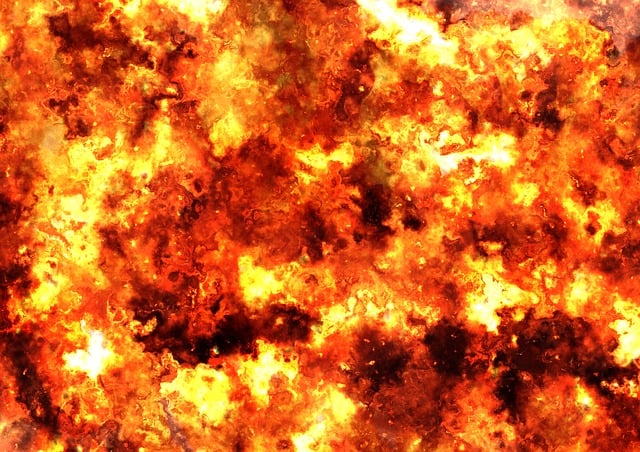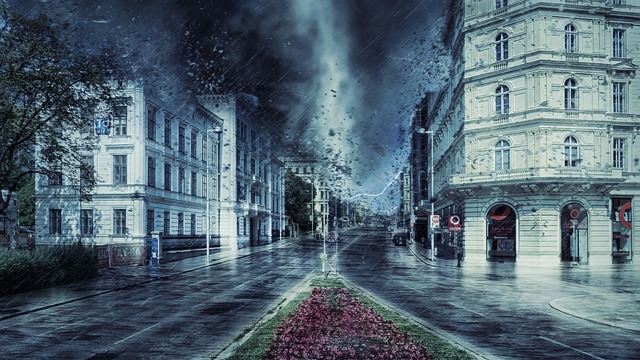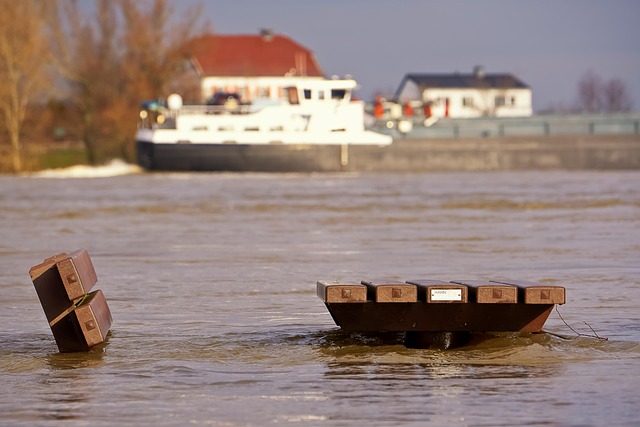After severe storms in San Antonio, storm damage repair becomes crucial for homeowners facing fire and water damage. The process involves assessment, removal of debris, cleaning, structural repairs, replacing materials, and specialized restoration equipment. Engaging professional services is vital to ensure safety, health, and pre-storm conditions, with key measures including smoke detectors, alarm testing, a fire escape plan, documentation, and swift repairs for minimalized damage.
“After a storm hits, fire damage can leave San Antonio homes in disarray. Understanding the intricacies of fire damage restoration is crucial for efficient home recovery. This article guides San Antonio homeowners through the process, from assessing storm-induced fires to expediting repairs. We’ll explore a step-by-step approach, offering practical tips to prevent future fire damage and navigate the restoration journey smoothly. Discover how prompt action and expert knowledge can transform your home from devastated to restored.”
- Understanding Fire Damage Restoration After Storms in San Antonio
- The Step-by-Step Process for Effective Home Recovery
- Tips for Preventing Future Fire Damage and Expediting Repairs
Understanding Fire Damage Restoration After Storms in San Antonio

After a storm, fire damage restoration in San Antonio becomes an urgent need for many homeowners. Severe weather events can cause structural fires through lightning strikes or electrical malfunctions, intensifying the destruction already wrought by high winds and heavy rain. Understanding the process of fire damage restoration is crucial for San Antonio residents facing these challenges.
Storm damage repair for San Antonio homeowners involves a multi-step approach. The initial assessment identifies the extent of fire and water damage. Professionals then safely remove charred debris, clean affected areas, and repair structural damage. Drywall, flooring, and insulation may all need replacement to ensure a safe and healthy living environment. Finally, specialized equipment is used to restore belongings and finishes, returning the home to its pre-storm condition or even enhancing it with upgraded features for improved resilience against future storms.
The Step-by-Step Process for Effective Home Recovery

After a storm, many San Antonio homeowners face the daunting task of fire damage restoration. The process requires careful planning and expertise to ensure your home is safely restored. Here’s a step-by-step guide for effective recovery from storm damage and fire:
1. Assess the Damage: Start by thoroughly inspecting your property. Identify the extent of fire damage, including structural integrity issues, water damage from fire suppression systems, and affected areas like walls, ceilings, floors, and belongings. This initial step is crucial for planning the rest of the restoration process.
2. Secure the Scene: Ensure safety first. Temporarily fix any structural hazards and seal off damaged areas to prevent further contamination or deterioration. Remove all hazardous materials, such as smoke and soot, using specialized equipment. This prevents health risks and helps maintain the integrity of your home during restoration.
3. Clean and Deodorize: Next, professional cleaning services should be engaged for deep cleaning and deodorizing. Fire damage often leaves behind unpleasant odors and hidden soot deposits. Skilled restorers use advanced techniques and products to thoroughly clean surfaces, walls, air ducts, and belongings, eliminating odors and ensuring a healthy living environment.
4. Restore Structural Integrity: Repairs can begin once the initial cleanup is complete. This involves rebuilding or replacing damaged structures, repairing water-damaged areas, and restoring architectural features. Working with a team of experienced contractors ensures your home meets safety standards and regains its pre-storm condition.
5. Contaminant Removal: Fire damage often introduces hazardous contaminants like smoke particles and mold. Professional restoration companies employ specialized equipment to remove these substances, ensuring air quality and preventing further health risks for residents.
6. Reconstruct and Refine: The final stages involve finishing repairs and restoring your home to its original beauty. This includes painting, replacing fixtures, and refinishing floors. Skilled craftsmen work diligently to deliver a seamless finish, transforming your property back into a warm and welcoming space.
Tips for Preventing Future Fire Damage and Expediting Repairs

To prevent future fire damage, San Antonio homeowners should prioritize safety measures like installing smoke detectors and ensuring regular maintenance. Regularly testing smoke alarms and replacing batteries is crucial to guarantee their functionality during emergencies. Additionally, creating a fire escape plan with your family ensures everyone knows the proper procedures in case of a blaze.
Expediting repairs after a fire is essential for minimizing damage and restoring your home. Documenting the affected areas with photos serves as valuable evidence for insurance claims. Engaging with reputable storm damage repair services specialized in fire restoration can significantly speed up the process. These professionals have the expertise and equipment needed to effectively clean, repair, and rebuild, helping you return to a safe and comfortable living space more swiftly.
Recovering from fire damage is a challenging yet manageable process for San Antonio homeowners. By understanding the steps involved in restoration, from assessing storm damage to expediting repairs, you can ensure your home returns to its pre-loss condition quickly. Remember, proactive measures like regular maintenance and prevention techniques can significantly reduce future fire hazards, offering peace of mind in an otherwise stressful situation. With the right approach, San Antonio homeowners can navigate this journey, restoring their homes and securing a safer future.
